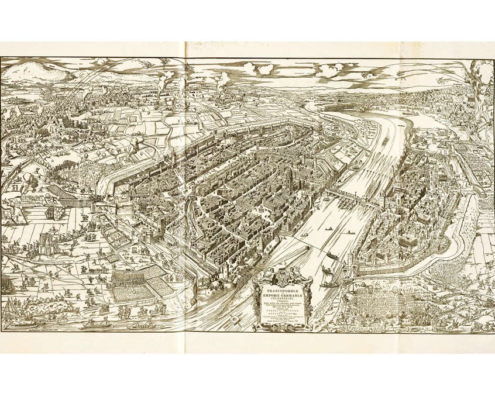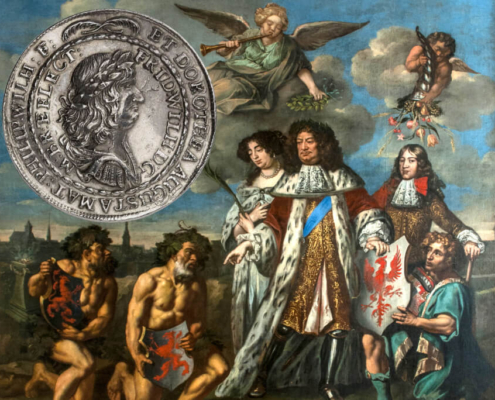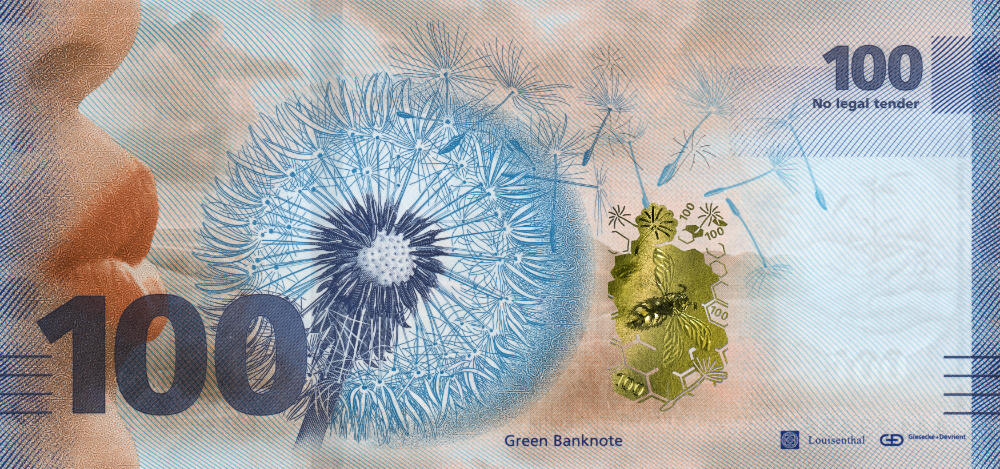1/2 Reichstaler 1621,
under Wilhelm V of Hesse-Kassel as administrator.
Condition: ef+


city of Besançon,
3 Pistols 1666 with title Charles V.
Condition: CH UNC

Bavaria, Chaise d'or (imperial shield)
1328-1347 under Emperor Louis IV.
Condition: ef

Reichstaler 1654-1668
under Count Guidobald von Thun.
Condition: vf-ef

Solidus (491-518)
under Anastasius the righteous.
Condition: vf-ef

Archive: People and Markets
Sberatel: The Place to Meet Czech Collectors
On 8 and 9 September 2023, the Sberatel took place in Prague. It calls itself the largest coin show in Central and Eastern Europe – and this is no exaggeration. Ursula Kampmann was there.
G+D Receives IACA Award for the “Green Banknote”
The “Green Banknote”, developed by Giesecke+Devrient, was awarded by the International Association of Currency Affairs as the new best ecological sustainability project in the banknote sector. Why? Read on.
Archive: Coins, Medals and more

Two Cityscapes on Coins From Frankfurt am Main and The Artwork That Inspired Them
Many engravers used contemporary media to make their work easier. Their coin designs were often based on well-known engravings. This is illustrated by two pieces from the Loos Collection, which will be auctioned by Künker in September 2023.

The Great Elector, Taxes and the Rise of Prussia
On 1 February 2024, the Künker auction house will hold its 400th auction sale. Among the 770 lots are very rare issues from the reign of Frederick William of Brandenburg-Prussia. They bear witness to the achievements of the Great Elector, who brought prosperity to a realm devastated by the Thirty Years’ War.















Training Exercise for Cultural Heritage Response Unit
The German Archaeological Institute (DAI), in cooperation with the German Federal Agency for Technical Relief (THW), is building an emergency response unit to provide rapid assistance in the event of disasters around the world. In a fictious earthquake scenario, experts were recently trained in how to protect and preserve cultural heritage.
More than Gold – Splendour and Thought in Indigenous Colombia
A new exhibition at Zurich Museum Rietberg is dedicated to the diversity of artistic production in pre-Hispanic Colombia. On display are spectacular gold objects.